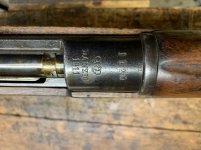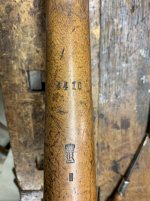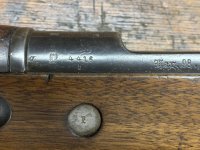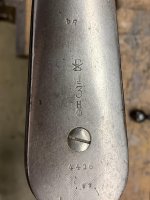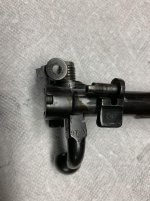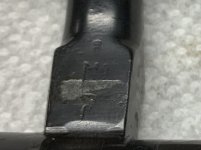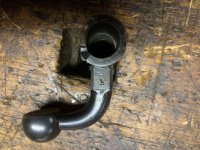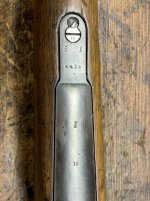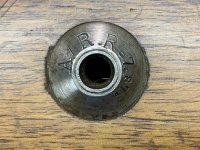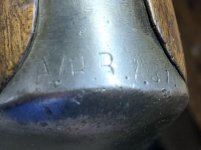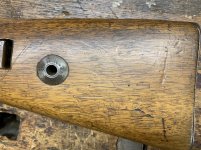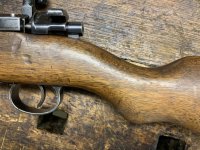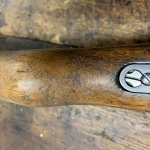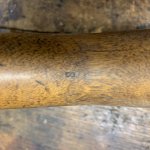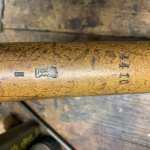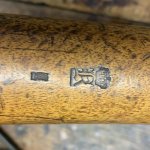CLG
Senior Member
As the adage goes, buy the rifle, not the story, but sometimes the rifle IS the story. I have tried to piece together this rifle’s story and welcome corrections as i am far from an expert. Here’s a Danzig Kar98A made in 1911 that I purchased in the late 1970’s, likely heavily used during WW1, presumably badly damaged and sent to Depot 3, Spandau, refurbished with a new later style stock, replaced front band and other small parts, new barrel, replacement bolt, and parts renumbered to match as needed. In 1920 the rifle is in Government hands and is so marked with the 1920 receiver stamp. After 1920 it remains in Government hands and is refurbished a second time, perhaps in the early 1930’s? At this time the bolt is blued and the follower replaced to prevent the bolt to close on an empty chamber and it issued to what I believe was the training unit of the 7th Reiter Regiment which is, in late 1935, to become Abteilung/Panzer-Regiment 2. After that, who knows, perhaps the butt plate markings offer a clue, but I’m clueless!
As far as i can tell, the only original parts are the receiver, bolt release, trigger guard, floor plate trigger group, and butt plate. I am surprised at how crudely the renumbering of the replacement parts was done.
This is just my take on the rifle and I would appreciate corrections and observations.
As far as i can tell, the only original parts are the receiver, bolt release, trigger guard, floor plate trigger group, and butt plate. I am surprised at how crudely the renumbering of the replacement parts was done.
This is just my take on the rifle and I would appreciate corrections and observations.
Attachments
-
 9B972BA3-9C4D-44B8-A960-25E14739E235.jpg332.7 KB · Views: 61
9B972BA3-9C4D-44B8-A960-25E14739E235.jpg332.7 KB · Views: 61 -
 66612F74-23B7-4CB9-B306-5AA7B7FDDA3F.jpg308.2 KB · Views: 49
66612F74-23B7-4CB9-B306-5AA7B7FDDA3F.jpg308.2 KB · Views: 49 -
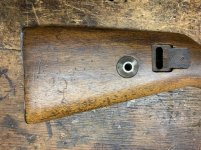 355D1186-CA4E-4B96-A43C-BE561E8051B6.jpg394.9 KB · Views: 51
355D1186-CA4E-4B96-A43C-BE561E8051B6.jpg394.9 KB · Views: 51 -
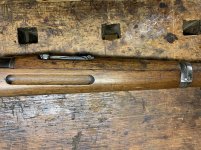 8BC6B247-5714-48EE-A334-6B444F326E4C.jpg402.6 KB · Views: 39
8BC6B247-5714-48EE-A334-6B444F326E4C.jpg402.6 KB · Views: 39 -
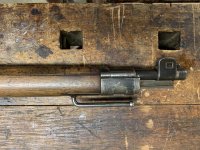 9D8DDABC-CF45-405E-93FC-1733422B3242.jpg319.8 KB · Views: 41
9D8DDABC-CF45-405E-93FC-1733422B3242.jpg319.8 KB · Views: 41
Last edited:



